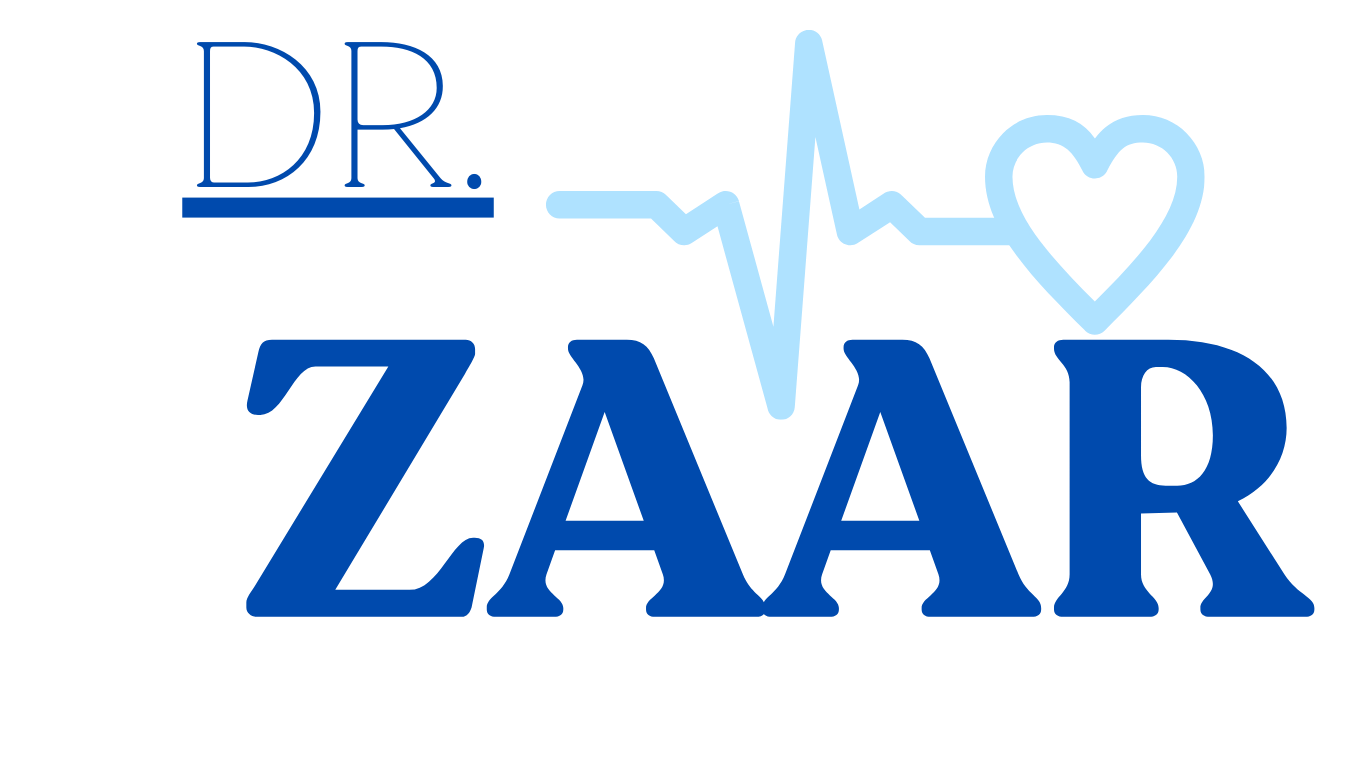Case Study: The Precarious Hemostatic Balance in a Patient with Addison's Disease
Case Study: The Precarious Hemostatic Balance in a Patient with Addison’s Disease
Patient: Ms. A, a 52-year-old woman with a 5-year history of Addison’s disease diagnosed due to autoimmune adrenalitis.
Presenting complaint: Ms. A presented to the emergency department with a 2-day history of easy bruising, prolonged bleeding after a minor skin laceration, and fatigue. She reported feeling lightheaded upon standing and experiencing occasional episodes of dizziness.
Medical history: Ms. A’s past medical history included hypothyroidism, managed with levothyroxine. She denied any history of bleeding diathesis, thromboembolic events, or medication allergies.
Physical examination: Ms. A appeared pale and slightly orthostatic, with a blood pressure of 90/60 mmHg and a pulse of 100 beats per minute. Her skin showed scattered ecchymoses, and the laceration on her arm exhibited persistent oozing.
Laboratory investigations:
- Cortisol: 5 mcg/dL (reference range: 5-25 mcg/dL)
- ACTH: 70 pg/mL (reference range: 7-50 pg/mL)
- Thyroid-stimulating hormone (TSH): 2.5 mIU/L (reference range: 0.4-4.0 mIU/L)
- Platelet count: 250,000/µL (reference range: 150,000-450,000/µL)
- Prothrombin time (PT): 14 seconds (reference range: 11-13 seconds)
- Activated partial thromboplastin time (APTT): 32 seconds (reference range: 25-35 seconds)
- Thromboxane B2 (TXB2): 350 pg/mL (elevated compared to reference range of 100-200 pg/mL)
Diagnosis: Addison’s disease with bleeding tendency and elevated thromboxane levels.
Discussion:
Ms. A’s presentation demonstrates the complex interplay between cortisol deficiency, platelet function, and thromboxane in Addison’s disease. Her low cortisol levels likely contributed to impaired platelet adhesion and aggregation, explaining the prolonged bleeding time and easy bruising.
However, the elevated TXB2 levels, a metabolite of TXA2, suggest a compensatory mechanism attempting to restore hemostasis. While this might have mitigated the bleeding risk to some extent, it also raised concerns about potential thromboembolic complications.
The management of Ms. A’s case required a delicate balance:
- Hydrocortisone replacement: Initiating glucocorticoid therapy was crucial to address the cortisol deficiency and improve platelet function.
- Monitoring for thromboembolic risk: Periodic assessment of coagulation parameters and TXB2 levels was necessary to monitor for potential thrombus formation.
- Individualized approach: Careful consideration of Ms. A’s specific risk factors and tailoring the treatment plan accordingly was essential to optimize hemostatic balance and prevent complications.
Outcome:
With prompt hydrocortisone replacement and close monitoring, Ms. A’s bleeding symptoms subsided, and her coagulation parameters gradually normalized. Her TXB2 levels also decreased with improved cortisol control, reducing the immediate thromboembolic risk. Ms. A was educated about the importance of medication adherence and regular follow-up to maintain optimal hemostatic balance and prevent future complications.
Significance:
This case study highlights the importance of considering the multifaceted effects of Addison’s disease on hemostasis, beyond simply its impact on platelet count or coagulation factors. Elevated TXB2 levels might offer valuable insights into the compensatory mechanisms at play and serve as a potential biomarker for monitoring patients’ thromboembolic risk. Further research exploring the therapeutic implications of this phenomenon could lead to improved management strategies for individuals with Addison’s disease, paving the way for personalized and safer care.
Note: This case study is based on a hypothetical scenario and should not be considered as a substitute for professional medical advice or diagnosis. It is essential to consult a qualified healthcare provider for any medical concerns.
https://drzaar.com/unveiling-the-hormonal-riddle-in-michael/
The Whispers of Estrone: Cognitive Decline.
Introduction: Ms. Elizabeth Brown, 78, is a retired schoolteacher known for her sharp wit and vibrant memory. However, her family.
Read MoreSarah’s Journey with Osteoporosis-Dancing with Estrone
Case Study: Sarah’s Journey with Osteoporosis: Sarah, a vibrant 62-year-old yoga instructor, received a diagnosis of osteoporosis after a minor.
Read More